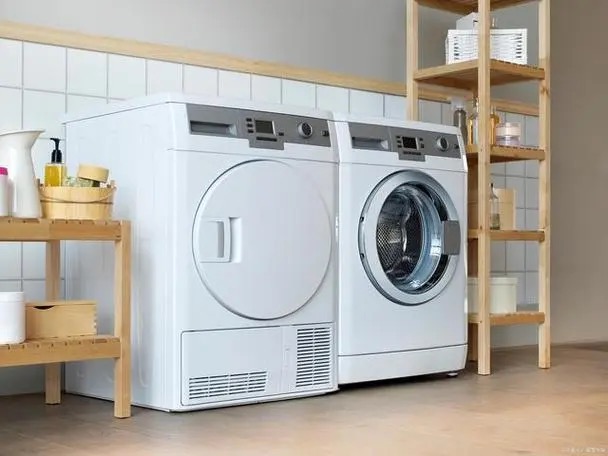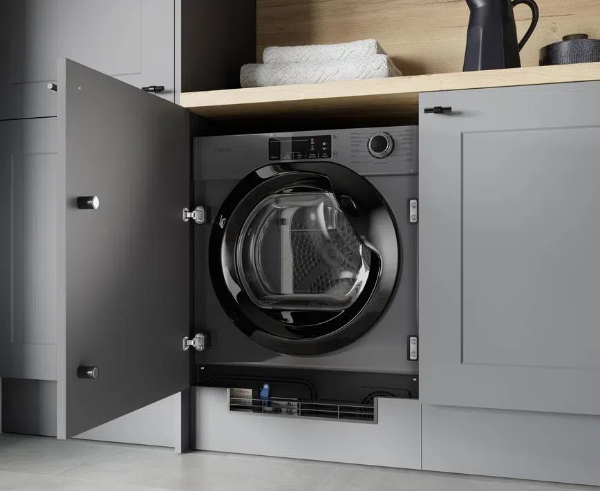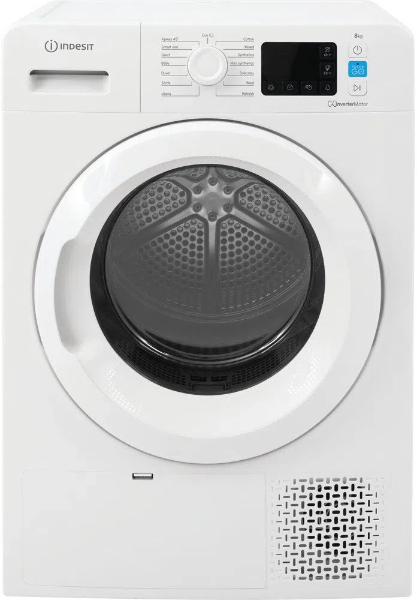
Content Menu
● Understanding Heat Pump Dryer Performance
● How Heat Pump Dryers Work
● Drying Effectiveness Analysis
>> Temperature Management
>> Moisture Removal Capability
● Drying Time Considerations
● Smart Features for Better Results
>> Program Selection
● Factors Affecting Drying Performance
● Maintenance for Optimal Performance
● Energy Efficiency and Drying Quality
● Common Concerns Addressed
>> Drying Time
>> Temperature Control
● Tips for Optimal Drying Results
● Conclusion
● Frequently Asked Questions
>> Q1: Why does my heat pump dryer take longer to dry clothes?
>> Q2: Can heat pump dryers handle heavy items like towels and bedding?
>> Q3: How can I improve the drying performance of my heat pump dryer?
>> Q4: Do heat pump dryers get clothes as dry as conventional dryers?
>> Q5: Why are some clothes still damp after a cycle?
Understanding Heat Pump Dryer Performance
Heat pump dryers have revolutionized the way we dry clothes, offering an energy-efficient alternative to traditional dryers. Many potential buyers wonder about their effectiveness in thoroughly drying clothes, and this comprehensive guide will address all aspects of their performance.
How Heat Pump Dryers Work
To understand their drying effectiveness, it's essential to know how these machines operate:
- Heat Generation System
- Moisture Extraction Process
- Air Circulation Technology
- Temperature Control Mechanism
- Energy Recovery System
Drying Effectiveness Analysis
Temperature Management
Heat pump dryers operate at lower temperatures compared to conventional dryers, which leads to:
- Gentler fabric treatment
- More consistent drying
- Better color preservation
- Reduced material damage
- Enhanced garment longevity
Moisture Removal Capability
The moisture extraction process is highly efficient:
- Advanced sensor technology
- Precise humidity control
- Even moisture distribution
- Consistent results
- Optimal dryness levels

Drying Time Considerations
Heat pump dryers typically have different drying cycles:
- Regular fabrics
- Delicate items
- Heavy materials
- Mixed loads
- Quick dry options
Smart Features for Better Results
Modern heat pump dryers include advanced features:
- Moisture sensors
- Temperature monitoring
- Load weight detection
- Automatic program adjustment
- Smart diagnostics
Program Selection
Different programs ensure proper drying for various fabrics:
- Cotton
- Synthetics
- Wool
- Delicates
- Outdoor wear
Factors Affecting Drying Performance
Several elements influence drying effectiveness:
- Load size
- Fabric type
- Initial moisture level
- Room temperature
- Maintenance condition
Maintenance for Optimal Performance
Regular maintenance ensures consistent drying results:
- Filter cleaning
- Condenser care
- Sensor maintenance
- Drum cleaning
- Vent inspection
Energy Efficiency and Drying Quality
Heat pump dryers achieve excellent results while saving energy:
- Lower temperature operation
- Heat recycling system
- Efficient moisture removal
- Controlled energy usage
- Consistent performance

Common Concerns Addressed
Drying Time
While cycles may be longer, the benefits include:
- Better fabric care
- More even drying
- Energy savings
- Reduced wrinkles
- Superior results
Temperature Control
Lower operating temperatures provide:
- Gentle fabric treatment
- Consistent results
- Reduced damage risk
- Better color preservation
- Extended clothing life
Tips for Optimal Drying Results
To achieve the best possible results:
- Sort clothes properly
- Don't overload
- Clean filters regularly
- Use appropriate programs
- Maintain the machine
Conclusion
Heat pump dryers effectively dry clothes while offering superior fabric care and energy efficiency. While drying times may be longer than conventional dryers, the benefits of better fabric care, energy savings, and environmental friendliness make them an excellent choice for modern households.

Frequently Asked Questions
Q1: Why does my heat pump dryer take longer to dry clothes?
A: Heat pump dryers operate at lower temperatures to protect fabrics and save energy. While this means longer drying times, it results in better fabric care and significantly reduced energy consumption.
Q2: Can heat pump dryers handle heavy items like towels and bedding?
A: Yes, heat pump dryers can effectively dry heavy items. They may take longer than conventional dryers, but they will thoroughly dry these items while using less energy and treating the fabrics more gently.
Q3: How can I improve the drying performance of my heat pump dryer?
A: Regular maintenance, proper loading, selecting the correct program, and ensuring good ventilation will optimize drying performance. Also, cleaning filters after each use is crucial.
Q4: Do heat pump dryers get clothes as dry as conventional dryers?
A: Yes, heat pump dryers achieve the same level of dryness as conventional dryers. Their sophisticated moisture sensors ensure clothes are dried to the desired level while protecting fabrics.
Q5: Why are some clothes still damp after a cycle?
A: This could be due to overloading, incorrect program selection, or maintenance issues. Ensuring proper loading, program selection, and regular maintenance will resolve most drying issues.












